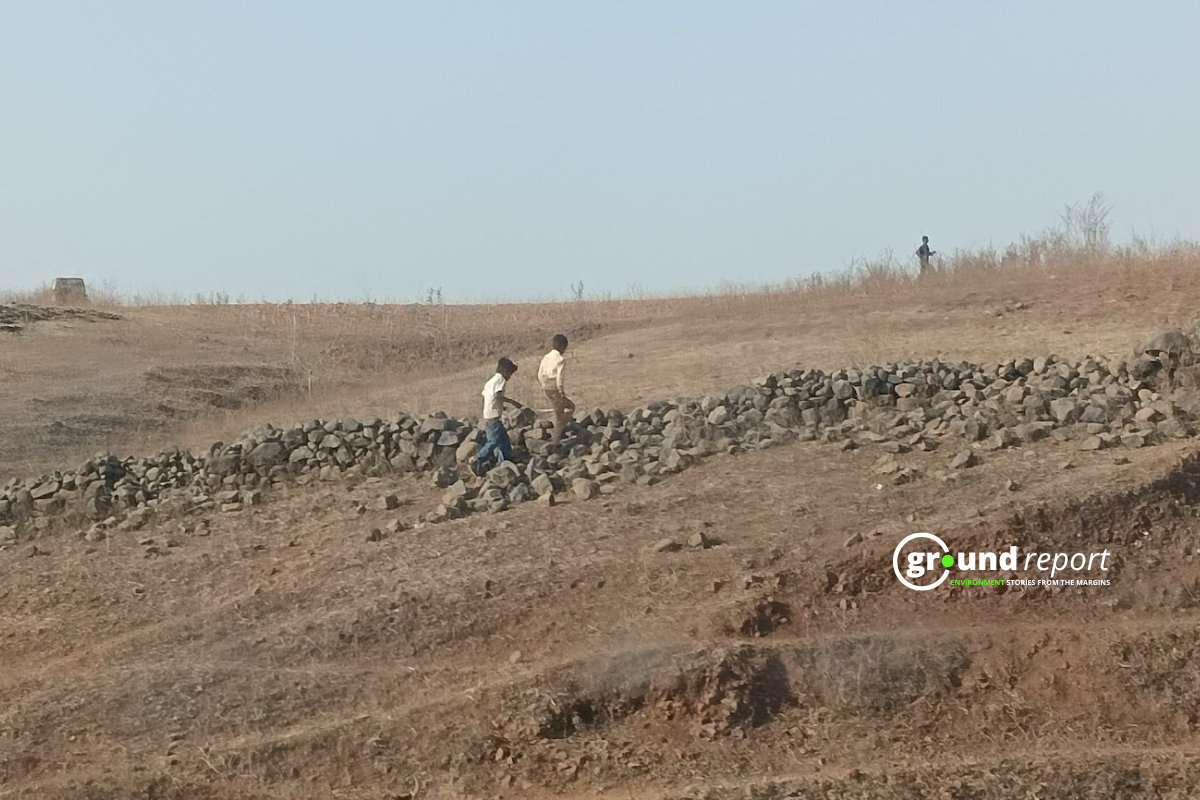As the world celebrates Root Canal Appreciation Day on May 8th, Wildlife SOS sheds light on the critical role of advanced dental procedures in safeguarding the health and happiness of rescued sloth bears and other animals. The organization emphasizes how root canal treatments have significantly improved the lives of various rescued sloth bears at the Bannerghatta Bear Rescue Centre.
Many of the sloth bears under Wildlife SOS’s care have endured years of abuse, resulting in severe dental issues. These animals, once subjected to the cruel ‘dancing’ bear tradition, often suffer from exposed roots, rotting teeth, infections, and mouth ulcerations due to brutal training methods employed by the Kalandar community. Such painful conditions not only affect the bears’ physical health but also lead to behavioural and dietary changes.
Recognizing the urgency of addressing these dental issues, Wildlife SOS’s veterinary team has been actively providing comprehensive dental care to the rescued bears. From root canals to extractions, the team has successfully conducted various endodontic procedures, alleviating pain and enhancing the quality of life for these animals.
One poignant example of the organization’s efforts is Odum, a rescued sloth bear at the Wildlife SOS Bannerghatta Bear Rescue Center. Odum’s lower incisor was shattered by his owner, prompting the NGO’s veterinary team to perform a dental procedure, including an extraction. With postoperative care, including pain management and dietary adjustments, Odum experienced a successful recovery, enabling him to return to his natural diet after a period of recuperation.
Dr. A Sha Arun, Director of Research & Veterinary Operations at Wildlife SOS, emphasized the importance of dental radiographic examination in assessing the extent of dental damage. He stated, “Depending on the diagnosis, necessary procedures such as tooth extraction, root canal treatment (RCT), and excision of overgrown tissues are carried out for the bears.”
Geeta Seshamani, Co-founder and Secretary of Wildlife SOS, highlighted the traumatic past of sloth bears rescued from the ‘dancing’ bear tradition. She said, “Many of them were found with broken teeth — they were smashed at a young age with a metal rod to prevent the bear from attacking its owner. Treating dental injuries in such cases is essential for the well-being of rescued bears.”
Kartick Satyanarayan, Co-founder and CEO of Wildlife SOS, emphasized the organization’s commitment to treating dental issues in animals across India. He mentioned, “In addition to sloth bears, the NGO’s veterinary team frequently treats dental issues in other wildlife species, including that of a tiger in Bellary Zoo suffering from dental health issues.”
Keep Reading
Part 1: Cloudburst in Ganderbal’s Padabal village & unfulfilled promises
India braces for intense 2024 monsoon amid recent deadly weather trends
Support us to keep independent environmental journalism alive in India.
Follow Ground Report on X, Instagram and Facebook for environmental and underreported stories from the margins. Give us feedback on our email id greport2018@gmail.com.
Don’t forget to Subscribe to our weekly newsletter, Join our community on WhatsApp, and Follow our YouTube Channel for video stories.








